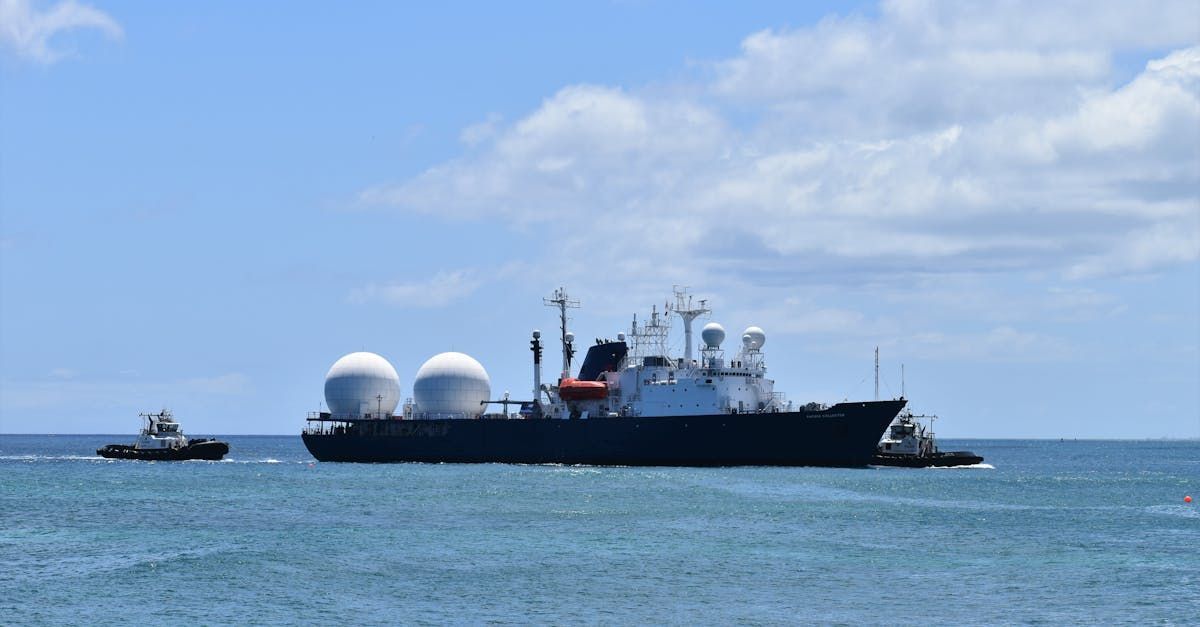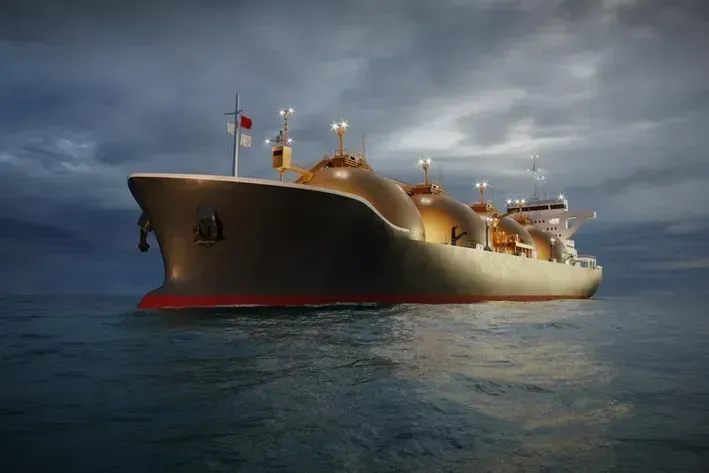We export fuels around the world
GT Fuels has forged close ties with celebrated refineries in Africa, Europe and the Middle East. We can send a range of commodities to many ports around the globe, including aviation fuel/jet fuel, crude hydrocarbons, Russian crude oil, petroleum oils, light and heavy petroleum products, and petrochemistry.
EN590
EN 590, a standard issued by the European Committee for Standardisation, details the essential physical and chemical characteristics that automotive diesel fuel must adhere to in order to be distributed in the European Union and various other European nations.
We offer vessels ranging from 20000 MT to 55000 MT in size and provide both FOB and CIF options.
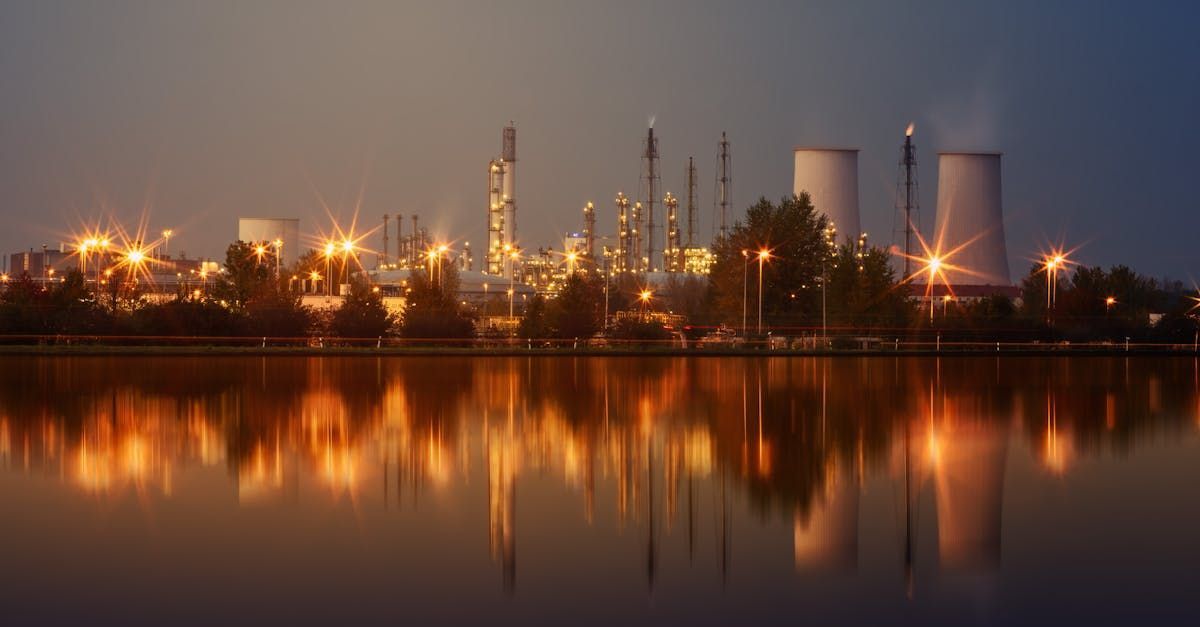
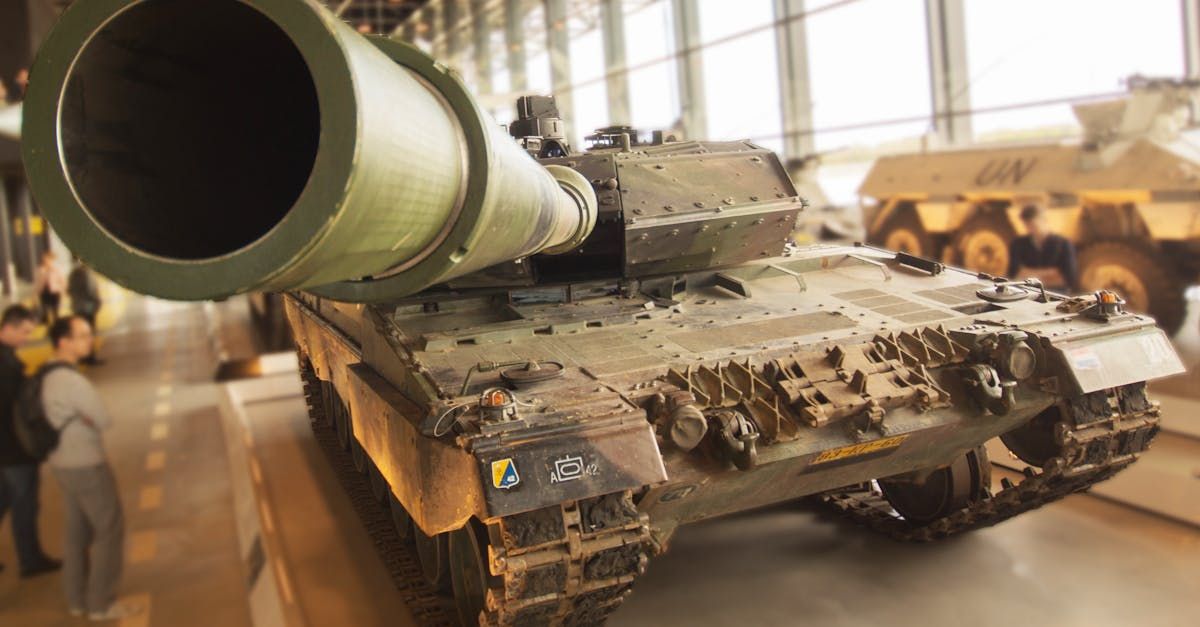
D6 Bunker Fuel Oil
D6, also referred to as Residual Fuel Oil, Bunker Fuel Oil, or Bunker Oil, is a highly viscous type of fuel used primarily in generators. This particular fuel oil must be preheated to a temperature range of 220-260 degrees Fahrenheit before it can be utilised.
It is commonly employed in power plants and large ships, as it is unsuitable for smaller engines or vehicles that lack the capability to preheat it. While known as D6 in the United States, it goes by different names in other regions around the globe.
HFO
Heavy fuel oil is a type of residual fuel that is obtained as a byproduct of the distillation process of crude oil. Due to its high viscosity and density, it is commonly utilized to produce motion and heat in various industrial applications. One of the primary uses of heavy fuel oil is as a marine fuel for powering ships and vessels. Its unique properties make it an ideal choice for maritime transportation, providing the necessary energy for propulsion and heating systems at sea.
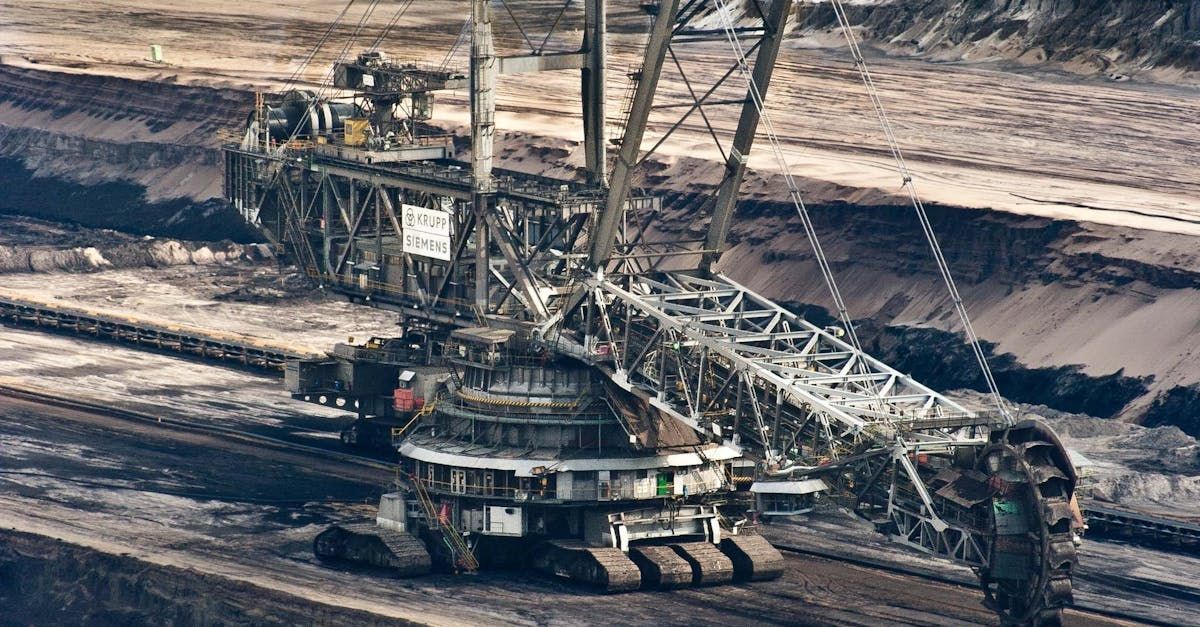

Jet Fuel
Jet fuel, also known as aviation turbine fuel (ATF or avtur), is specifically formulated for aircraft equipped with gas-turbine engines. This type of aviation fuel ranges in color from colorless to straw-colored. Jet A and Jet A-1 are the most widely utilized fuels in commercial aviation, adhering to a global standard.
Another jet fuel variant, Jet B, is commonly employed in civilian turbine-engine aviation due to its superior cold-weather capabilities.
LNG
Why is LNG important?
Liquefied Natural Gas (LNG) plays a vital role in facilitating the global transition from coal to gas in power generation. As environmentally conscious practices become more prevalent, the use of LNG as a cleaner alternative to coal has garnered increasing attention. Its versatility and efficiency make LNG a preferred choice for many power plants seeking to reduce their carbon footprint and meet sustainability goals. By embracing LNG, industries can significantly contribute to reducing greenhouse gas emissions and promoting a more sustainable energy future.
Is LNG better than natural gas?
What sets LNG apart from other natural gases? LNG emits 40% less carbon dioxide (CO2) than coal and 30% less than oil, positioning it as the most environmentally friendly of the fossil fuels.
